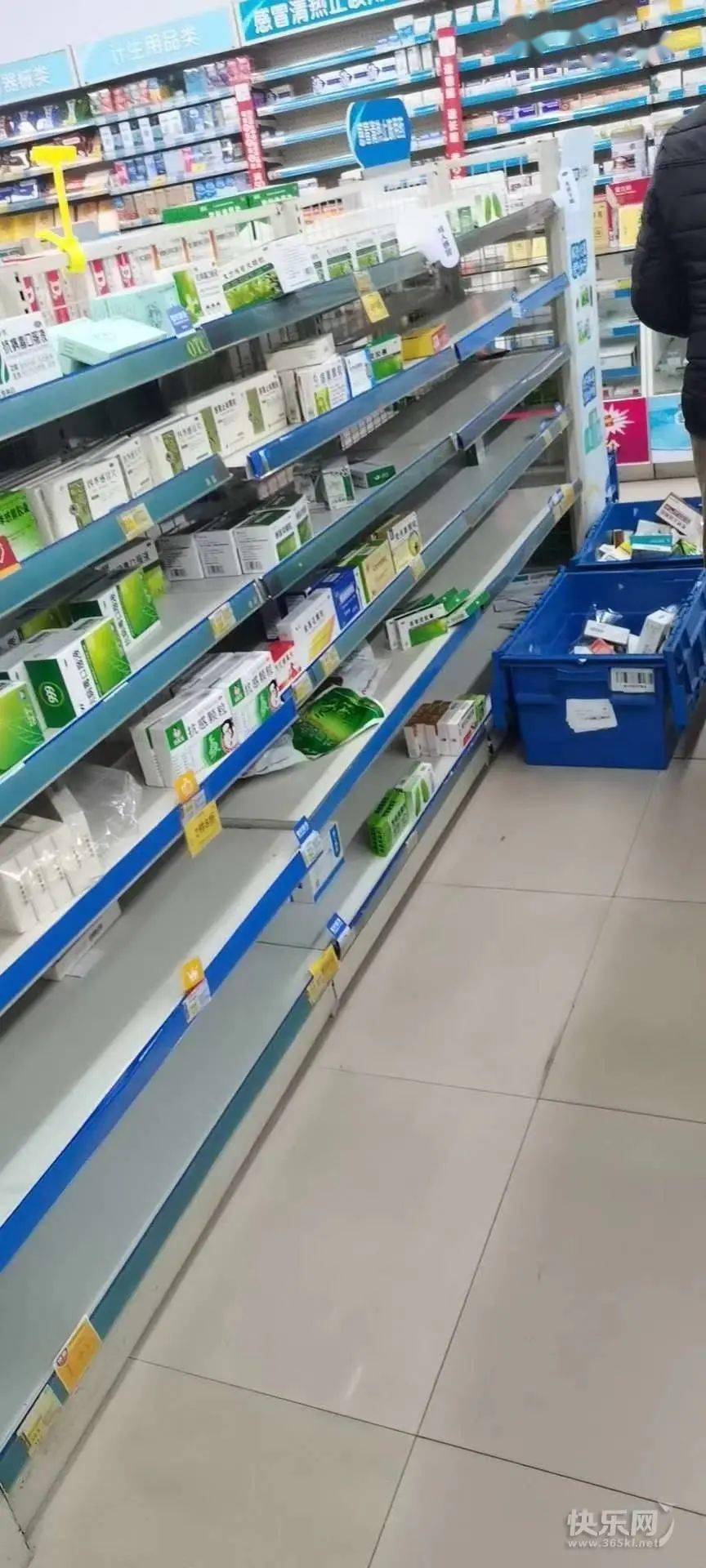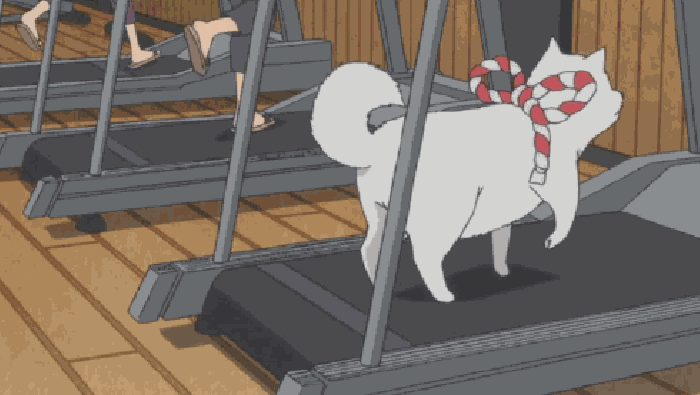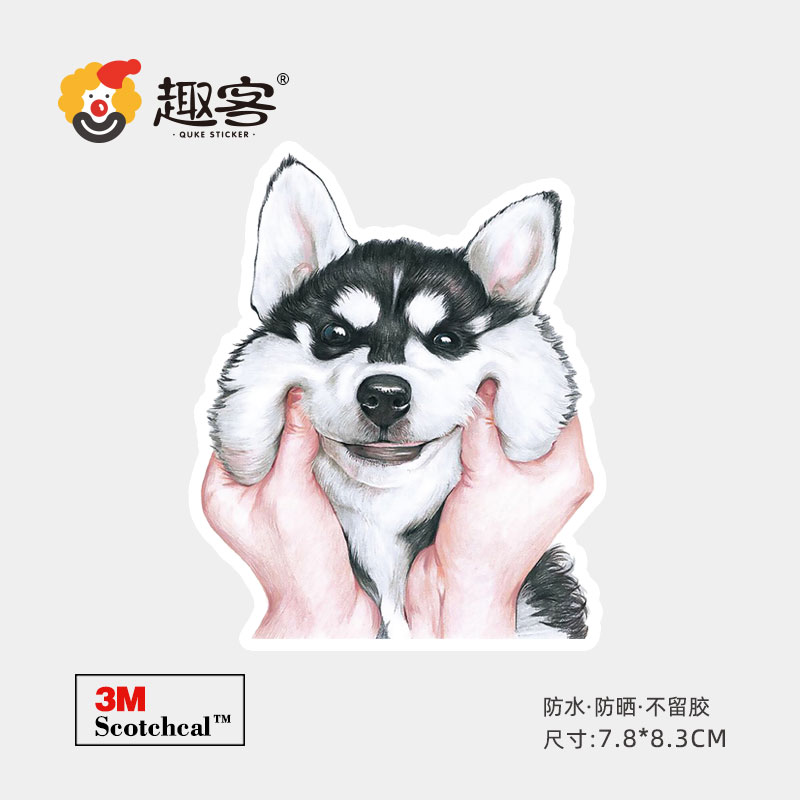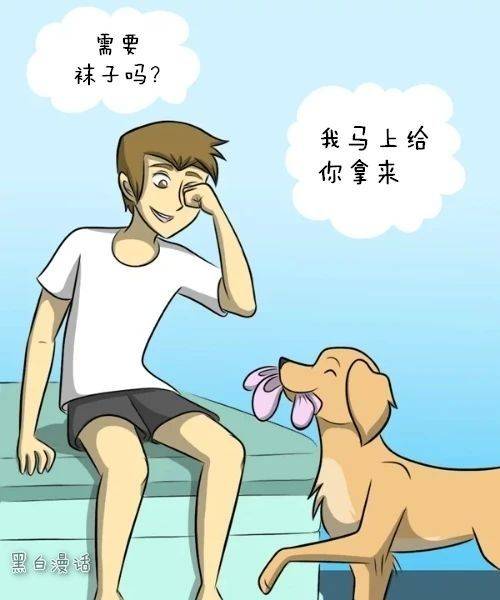Reviews have always been at the heart of the gaming world. Making or creating a new version of a game in a series based on the score it receives can be a straightforward topic, especially when some games don't behave the same as others. Get intense.
Such consensus is important not just for players, but for developers as well, as they often have clauses in their contracts requiring them to score a certain score on the game in order to receive additional rewards or be considered successful.
Having said that, one thing that has become increasingly apparent as time goes on is that critics and gamers are not on the same page.
Despite the amount of effort and discussion that goes into reviews, critics and fans are often at odds, resulting in a game that is well-received but actually hated by gamers.
The divide between these two camps will only grow, but some major titles will reflect this more than others, and critics aren't always right, as these games prove.
"Grand Theft Auto 4"
When GTA4 was released, it was immediately considered one of the most popular games of all time. Currently sitting at a whopping 98 on the Xbox 360 version, it's one of the most critically acclaimed games to date, setting up fans with some ridiculous expectations that, in hindsight, may never be realized.
However, players' low ratings aren't entirely due to the game not living up to their expectations, but rather the result of other installments in the series. GTA4 breaks away from its previous style in favor of a more measured and mature approach, with almost all functions and features designed to create a sense of realism in the world of Liberty City.
So while it was one of the best developed world games at the time, it wasn't very fun. The gunplay is too casual, the driving is too restrictive, and the narrative itself is too serious. As a result, this game is not a hit, and few people can really fall in love with it.
"Far Cry 2"
Although the game wasn't as well-received as its sequel, it managed to score an 85 when it was released in 2008.
The reason is simple: almost setting the standard for all open-world games, this series succeeds in creating a dynamic playground where players can do whatever they want in the game.
But unfortunately, the game also has some major sticking points – something that almost everyone who has played the sequel has experienced. First, the weapons you use in the game wear out quickly due to durability, which means you're always running around in combat, picking up another gun to take out enemies while you're riddled with bullets.
Add to that a malaria doctor who requires you to take regular doses of medicine, and enemies that make exploring the environment a chore, and it all makes for a frustrating experience that ultimately takes away from all the excitement. It was dragged into the sequel.
"Mass Effect 3"
There's no denying that the ending of Mass Effect 3 had a very negative impact on most players' opinions of the series as a whole, let alone the game itself. In the final minutes of the finale, the game reduces the trilogy's storyline to a few basic choices, a climax that seems to contradict many of the decisions players have made throughout the trilogy.
This was a source of frustration for fans at the time, who were disappointed that open, compelling side missions were used to repeat pickups in the same areas.
People believe that the development of this game was too hasty, which led to such a bad ending, and it is reasonable for it to be dissatisfied by players.
Destiny 2
The original Destiny didn't quite get the points it deserved like many expected in the weeks leading up to its release. Despite the many problems with the new game, no one expected that critics and players would react the same way as before, and maybe this time it will be unanimous.
Destiny 2, however, is a completely different story, with critics praising the game as a huge improvement over the original while players struggled to accept the shooting style they got.
While players have enjoyed this new sense of adventure and narrative cohesion, some still feel it's a letdown because it's not something fans know they can create.
At the same time, this game has also been accused of being "Destiny 1.5" rather than a true sequel. It has the same game rhythm as the first work, without adding any revolutionary changes, and it is not worth the three-year wait.
"DMC: Devil May Cry"
To some extent, DMC never even had a chance to really become popular with players. Since the game was announced, people have been met with relentless anger and ridicule for this "sequel" to the classic, and while fans' attitudes toward the game have changed somewhat, they still particularly dislike the "sequel" displayed by the protagonist. "Evil, charming and cruel" character.
They do have reason to be angry, because they abandoned the history of fighting games that have defined a distinct style, obviously in order to make this obviously "Japanese-style" game more attractive to mainstream American audiences.
But aside from that, it's still a fantastic game, and DMC's combat is as complex and rewarding as ever. At this time, you can also understand Sister Li why critics like it more than old fans, because it is still a better quality game.
"Dragon Age 2"
After the dual success of Mass Effect and Dragon Age: Origins, it managed to turn itself into one of the most popular developers in the world. Although they were later acquired by EA, they remained confident that the studio could continue to thrive at their creative peak no matter who their owners were.
Then "Dragon Age 2" came out.
This is a classic victim of a rush game that no longer adheres to the grand scale of the original game world, but instead switches to a more personal and restricted game world. Repeating battles and tasks in the same cities and dungeons, this RPG lacks diversity and imagination. The first part was obviously a sensation because of its grand scale, but now it is neglecting the basics.
Although this series was not enough to completely make players lose faith, it also made them cautious. For the studio, this also set a disastrous precedent for subsequent sequels.
"evolution"
Before Evolution was released, 2K had already started to build hype for the game.
However, with the release of Evolution, almost every player wants to tear this game to shreds. Microtransactions, pre-order bonuses, season passes and more, these concerns were confirmed on launch day.
It's not just that the game lacks substance, but the actual core gameplay itself isn't strong enough to appeal to any kind of player.
It's not fun to spend 10 minutes trying to find a monster hidden all over the map, and if you encounter stupid teammates, you may already be praying for the game to be over as soon as possible.
"Street Fighter 5"
After many years of following Street Fighter 4, a sequel finally came to PS4 and PC in 2016. Unfortunately, Capcom failed to learn from their fighting games, and Street Fighter 5 felt more like a start. rather than a finished product.
It would have been nice if this intention had been communicated properly before launch, but players have been waiting 8 years to get their hands on this new game, and now Capcom is telling them that they now have to wait not only for it to be done This game requires spending more money to get the full experience. . .
Fans wouldn't be interested in any fighting game without key features and systems, and the fifth installment in the series was met with critical aversion upon its first release, and even then, it was only Got a little bit of support.
"Call of Duty: Modern Warfare 3"
Almost every release of COD has been criticized by players, regardless of whether the game is actually any good, but in Modern Warfare 3, the criticism of the game is also justified.
While it ends the story in a relatively satisfying way, technical flaws and dull set pieces turn what should have been a thrilling ending into a mere footnote to previous Modern Warfare games.
Likewise, the multiplayer is probably the worst in the entire series, recycling weapons, perks, and gear from previous games without adding anything new. The map design is also very poor, resulting in a very poor combat experience for players.














